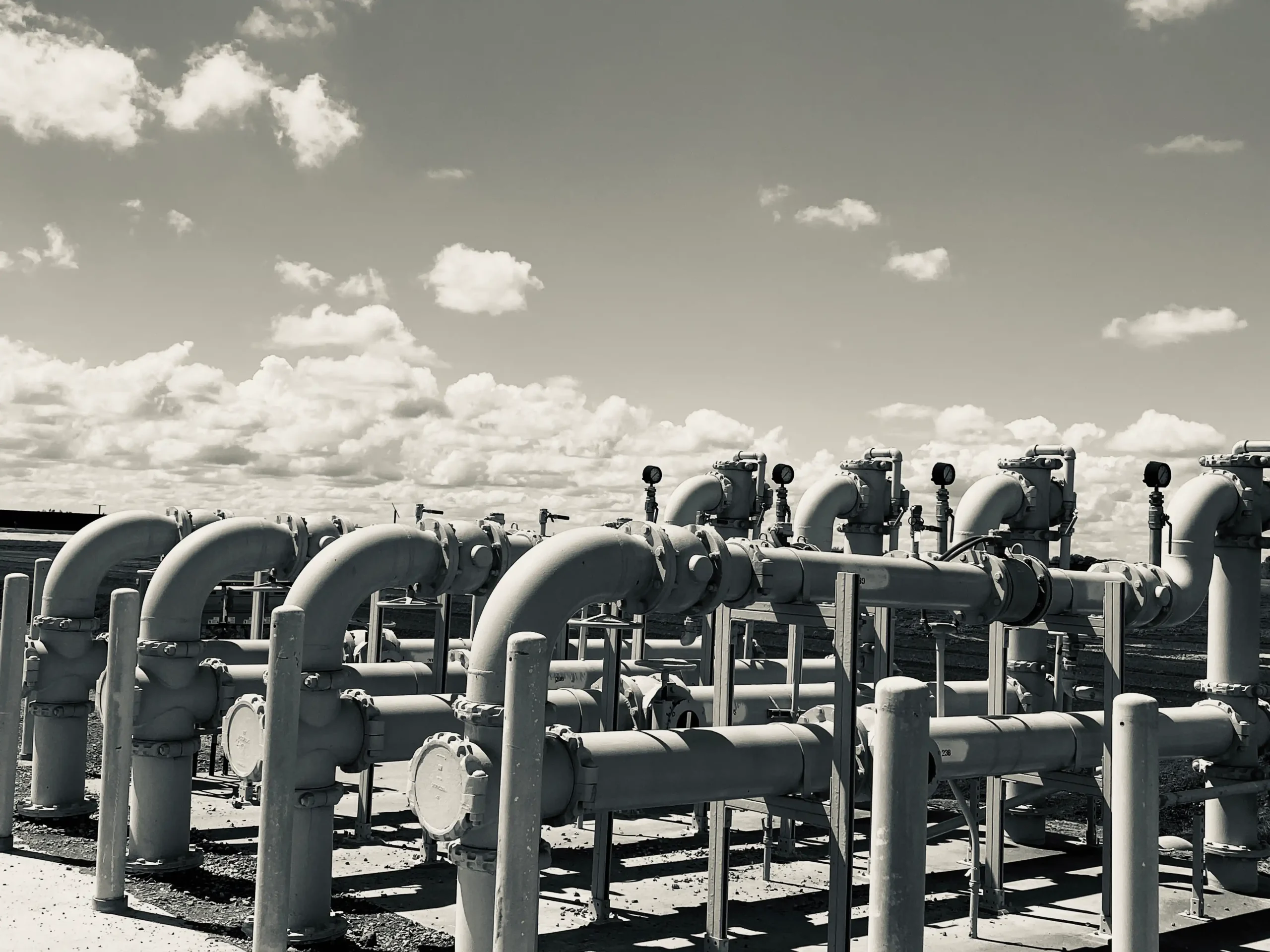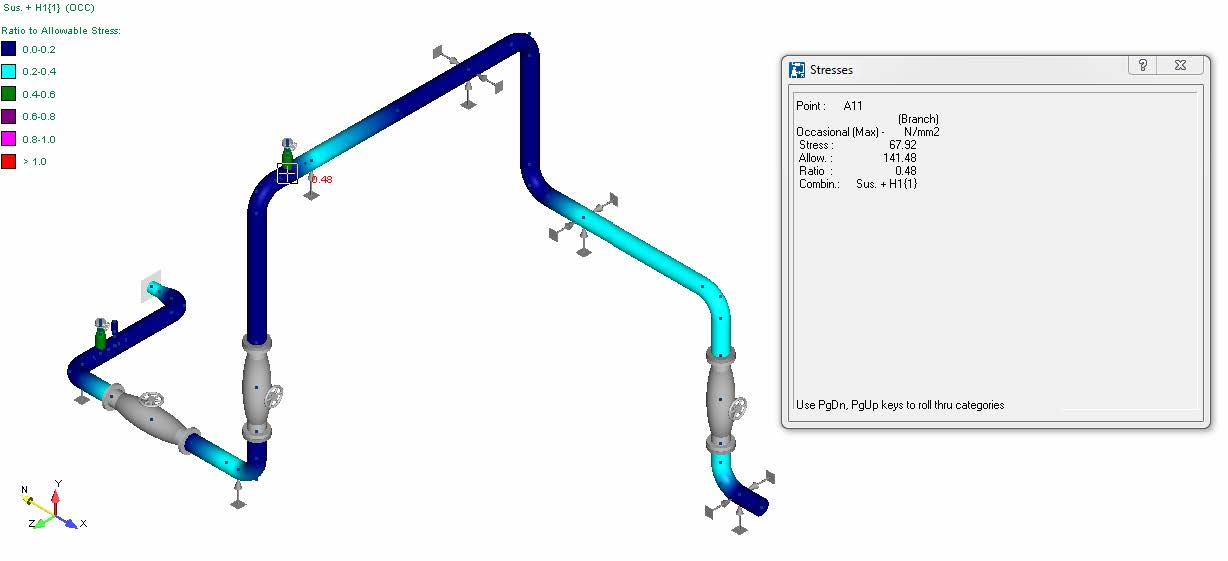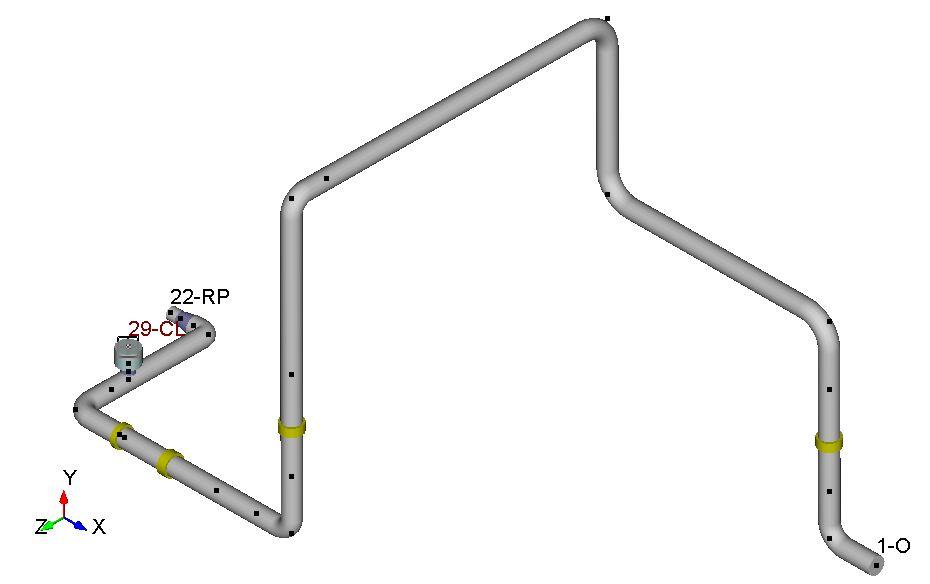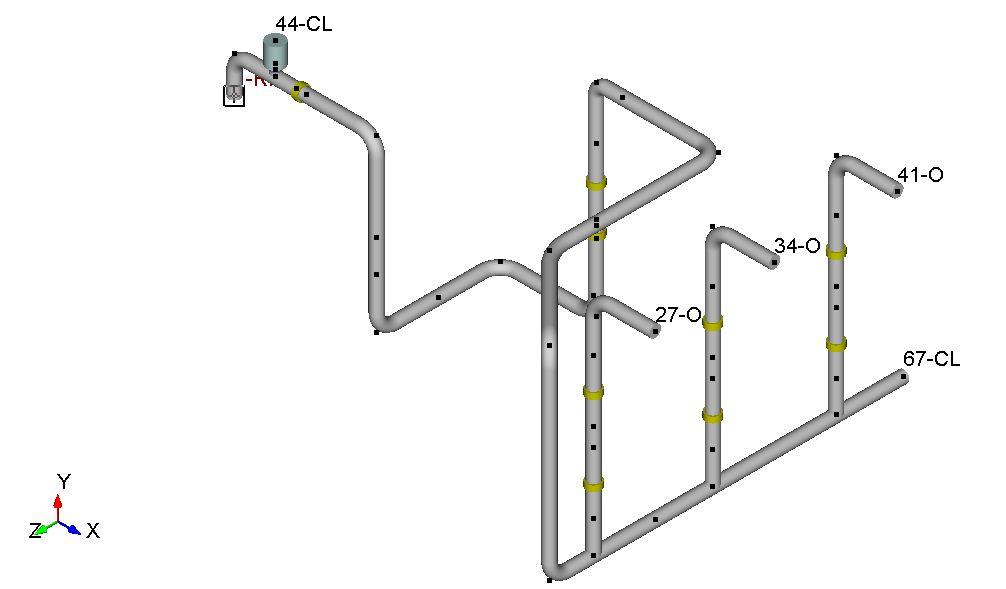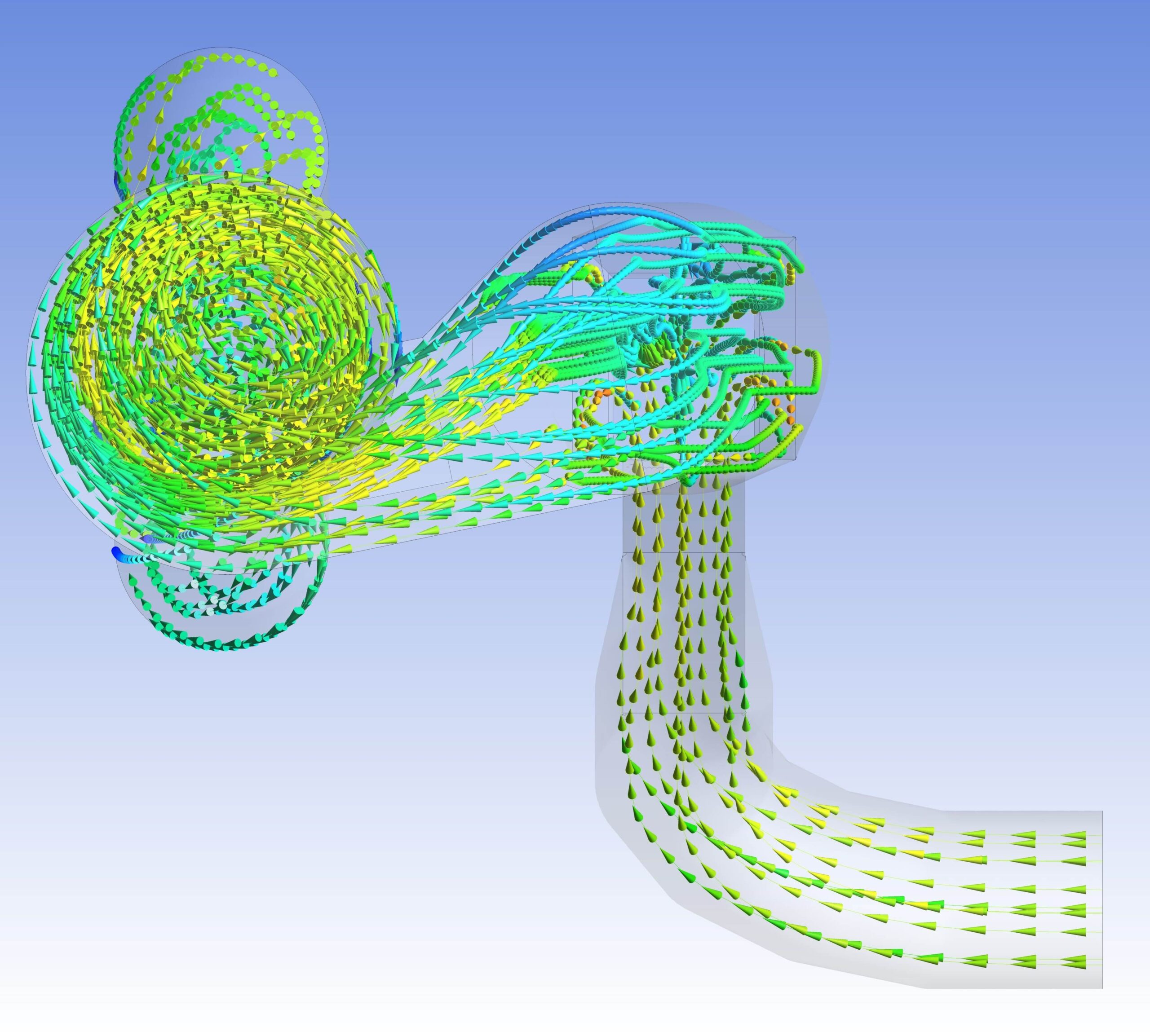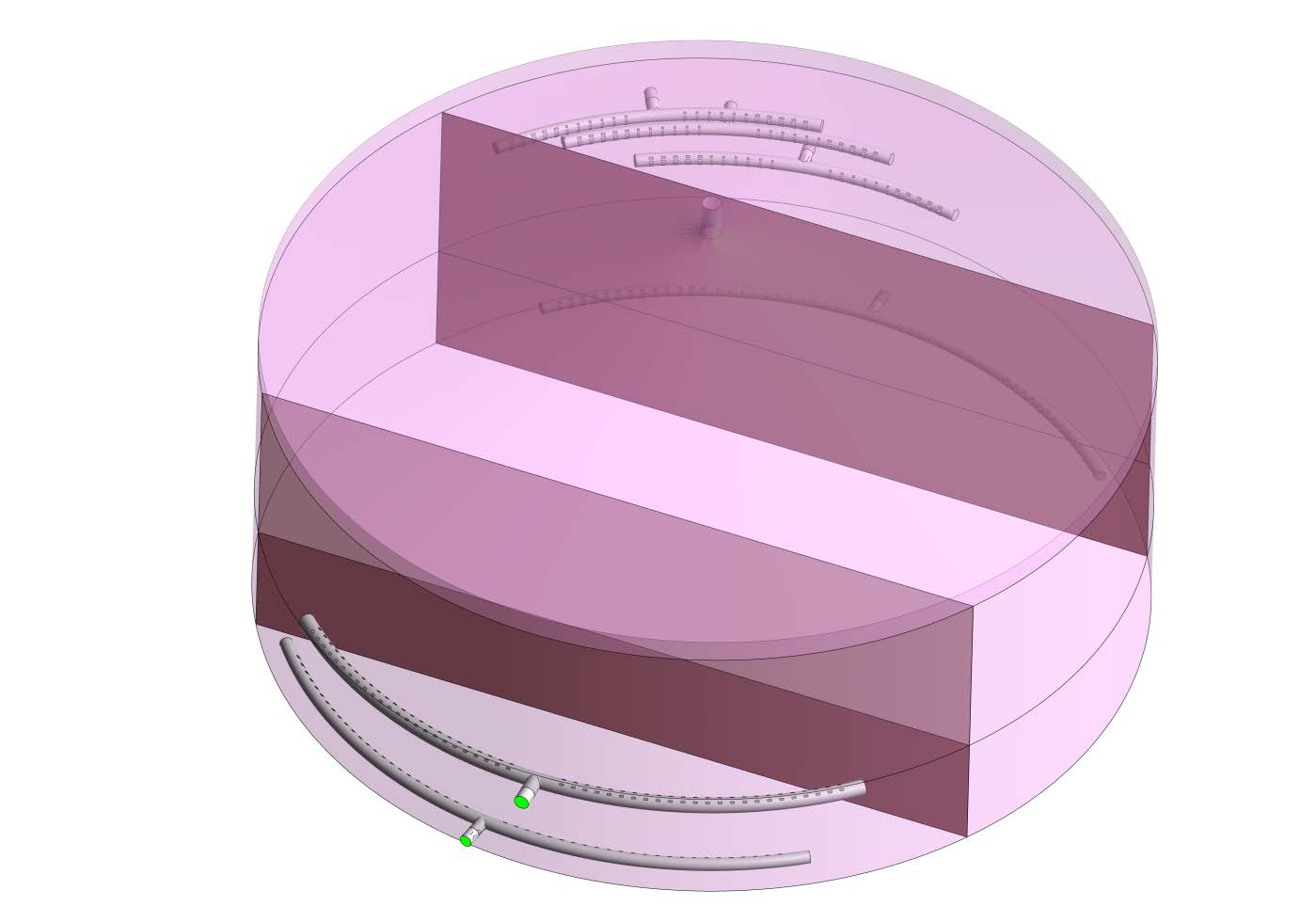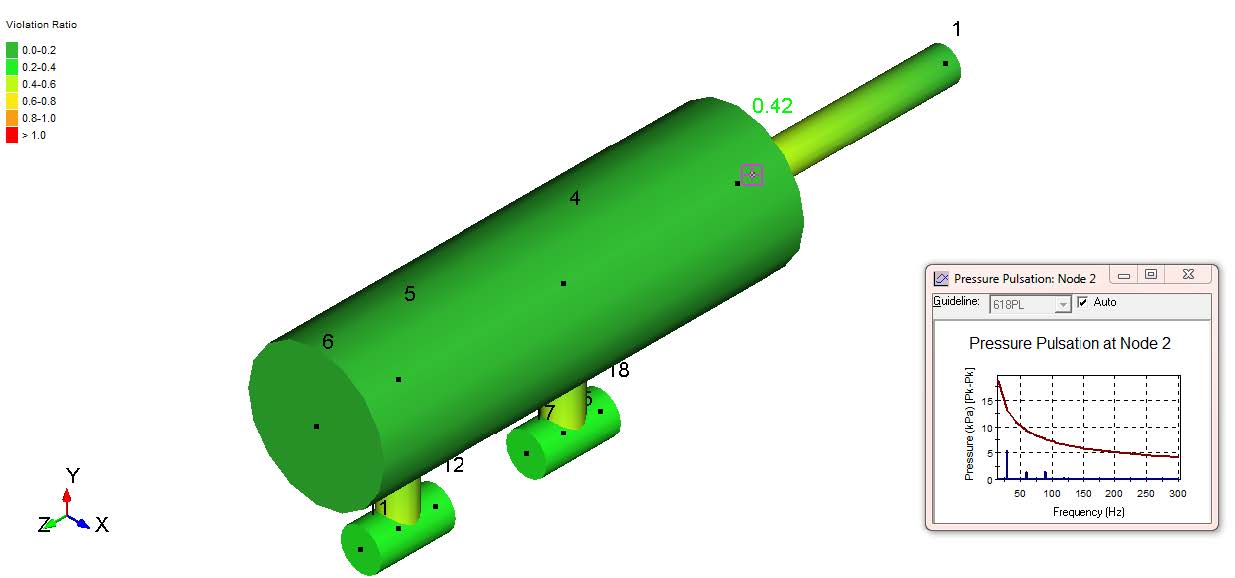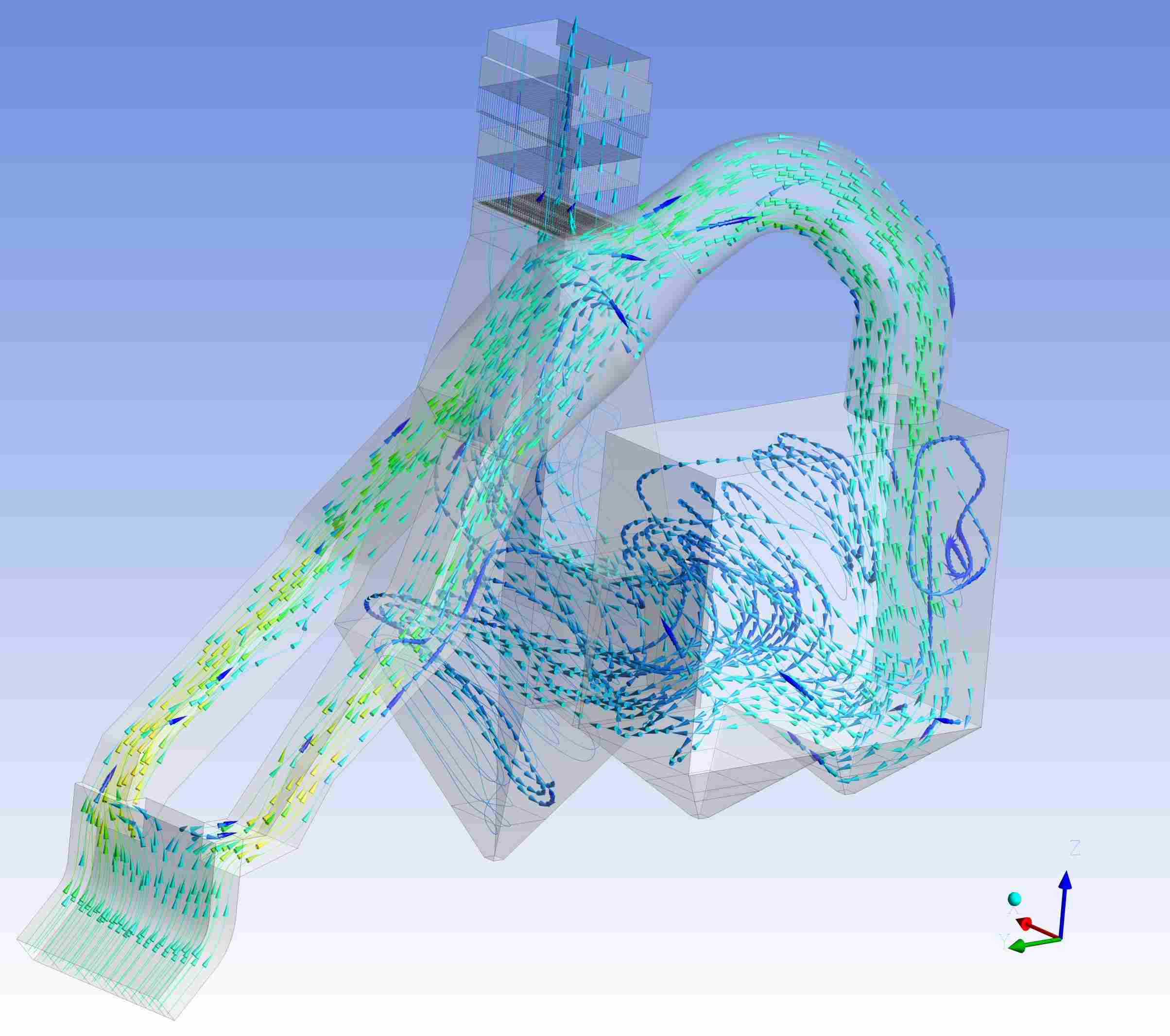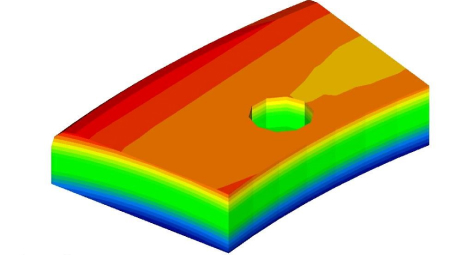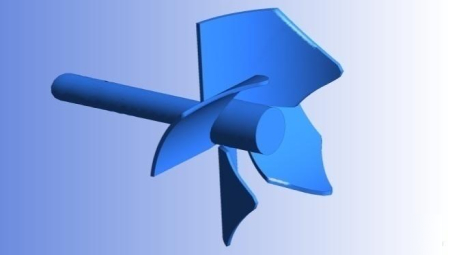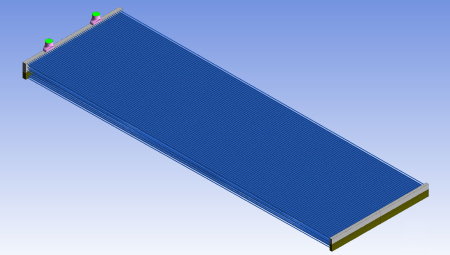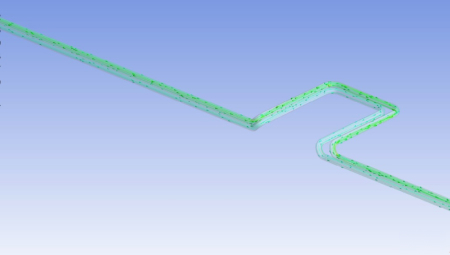Due to the effects of reciprocating pumps in piping systems, uncontrolled pressure pulsations and harmonic vibrations can propagate along pipes, exciting connected structures and equipment. These vibrations lead to mechanical fatigue and acoustic noise, while dynamic flow interactions with acoustical resonances in piping systems result in high-pressure pulsation levels, cavitation, excessive vibrations, and potential failures. Additionally, high-frequency fluid-borne noise from flow perturbations associated with elbows, valves, or cross-section changes in pipes can exacerbate these issues.
To address these challenges, Mechartes specializes in pulsation and vibration analysis following the guidelines of Design Approach-1&2 API-674 3rd edition and API 675 DESIGN APPROACH 1&2 ANNEX F. Our comprehensive design solutions ensure pressure pulsation and unbalanced shaking forces due to the operating actions of reciprocating pumps are controlled within API 674 standards. We evaluate pulsation dampener capacities in both suction and discharge piping networks, recommending additional orifice plates and dampeners if necessary.
We also provide support modifications and additional supports to maintain a separation margin of 20% from the significant frequency of pumps, ensuring adequate supports and clamps for the piping system.
Detailed suggestions on the location and type of supports are made for both suction and discharge piping networks. Upon implementing these design recommendations, the results meet the required pulsation and mechanical vibration guidelines of API 674 and API 675.
Additionally, we perform FEM-based harmonic analysis to determine the system’s natural frequency and response to harmonic loads arising from pressure pulsations. This holistic approach ensures the integrity and reliability of piping systems, preventing mechanical failures and minimizing acoustic disturbances, thereby enhancing the operational efficiency and safety of the plant.

